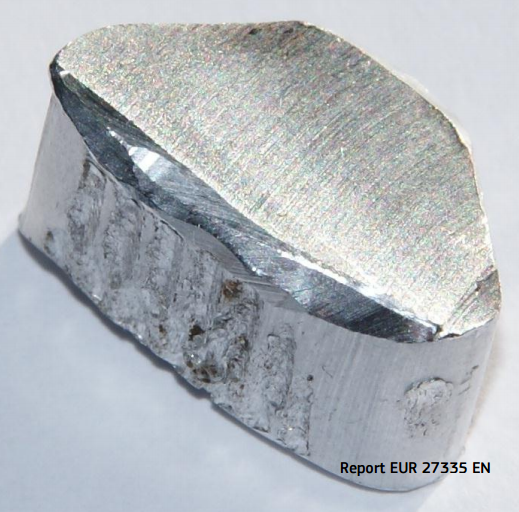- Client: JRC Institute for Energy and Transport (JRC-IET) (European Commission)
- Implementation period: January, 2013 - December, 2014 (Completed)
- Geographic coverage: European Union, Iceland
- Theme: Climate Change
- Topic: Emission Reduction Pathways
- Experts: Stephan Slingerland, Koen Rademaekers
What does the European aluminium industry look like towards 2050?
This project performed an in-depth analysis of the technological innovation that could take place in the aluminium sector in the EU and Iceland and a quantification of their impact on the sector’s energy efficiencies, GHG emissions profile and cost-competitiveness up to 2050. The study presents the status quo of the industry in the EU28 and Iceland by compiling a database of existing plants with their production characteristics and the best available and innovative technologies (BATs/ITs). A model of the EU industry is then developed to simulate the trend in each plant towards 2050.
Detailed data on available innovations in the European aluminium industry were collected as well as their costs and benefits to be expected. In addition, a comprehensive database with publicly available data on the European aluminium industry was established in order to assess potential effects of innovations on a plant-by-plant basis in a model that was specifically built for this project. The model assessed in detail the likely implementation of new technologies per plant until 2050.

Key findings of this project can be summarised as follows:
- It was found that, for three scenarios examined, in particular an increase in secondary production (‘recycling’), rather than changes in electricity or CO2 prices, can positively influence emissions;
- The model results show that in absolute terms, for the whole industry the energy consumption and direct GHG emissions can decrease from 2010 to 2050 by 21% and 66% respectively. And, in almost all scenarios, for primary aluminium production there is a convergence in the reduction of specific energy consumption and direct GHG emissions of 23% and 72% respectively;
- Since most of the savings come from technologies that are in early stages of research, there is a clear need of a decided push and of creating the right conditions to make these potential savings happen.